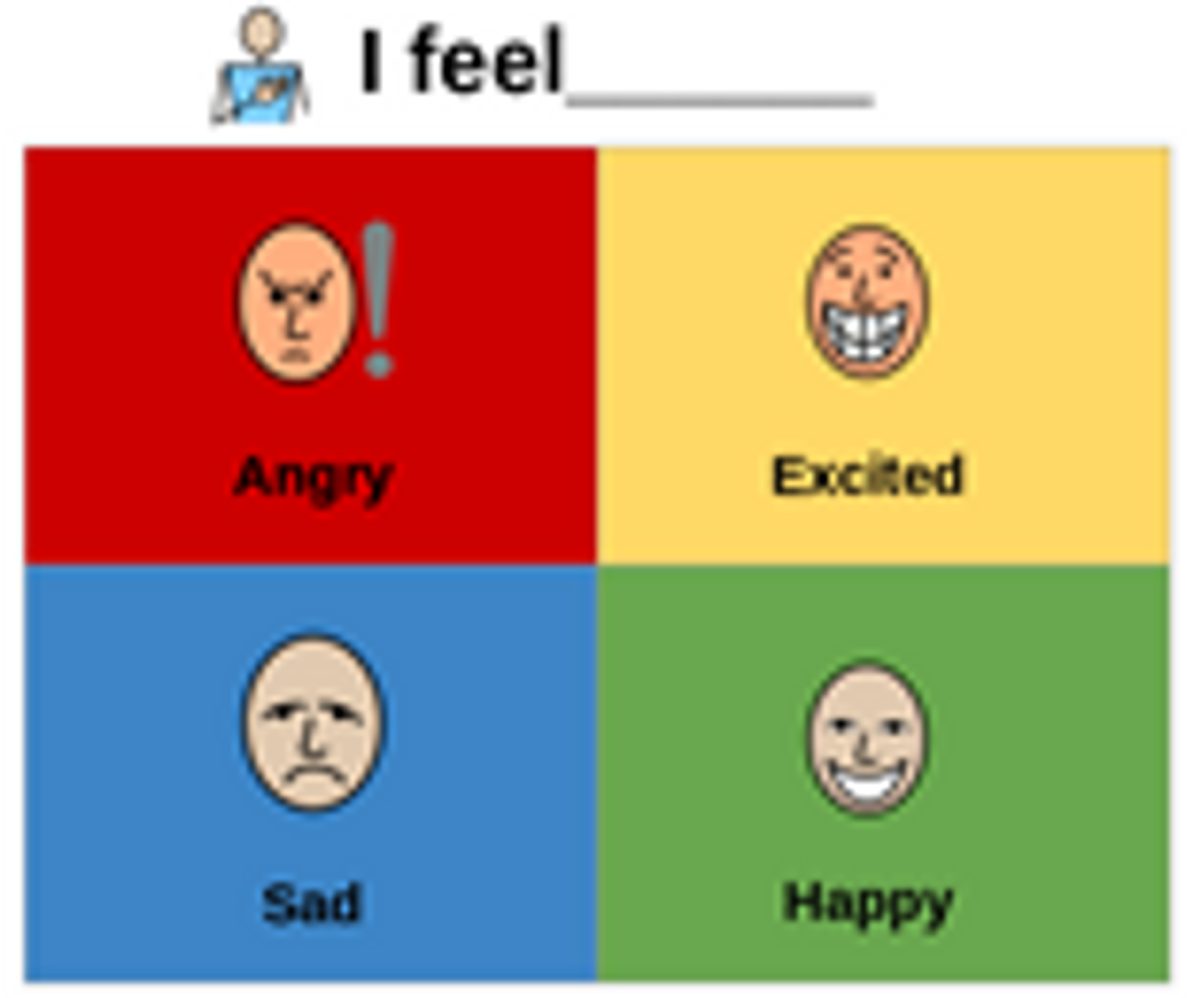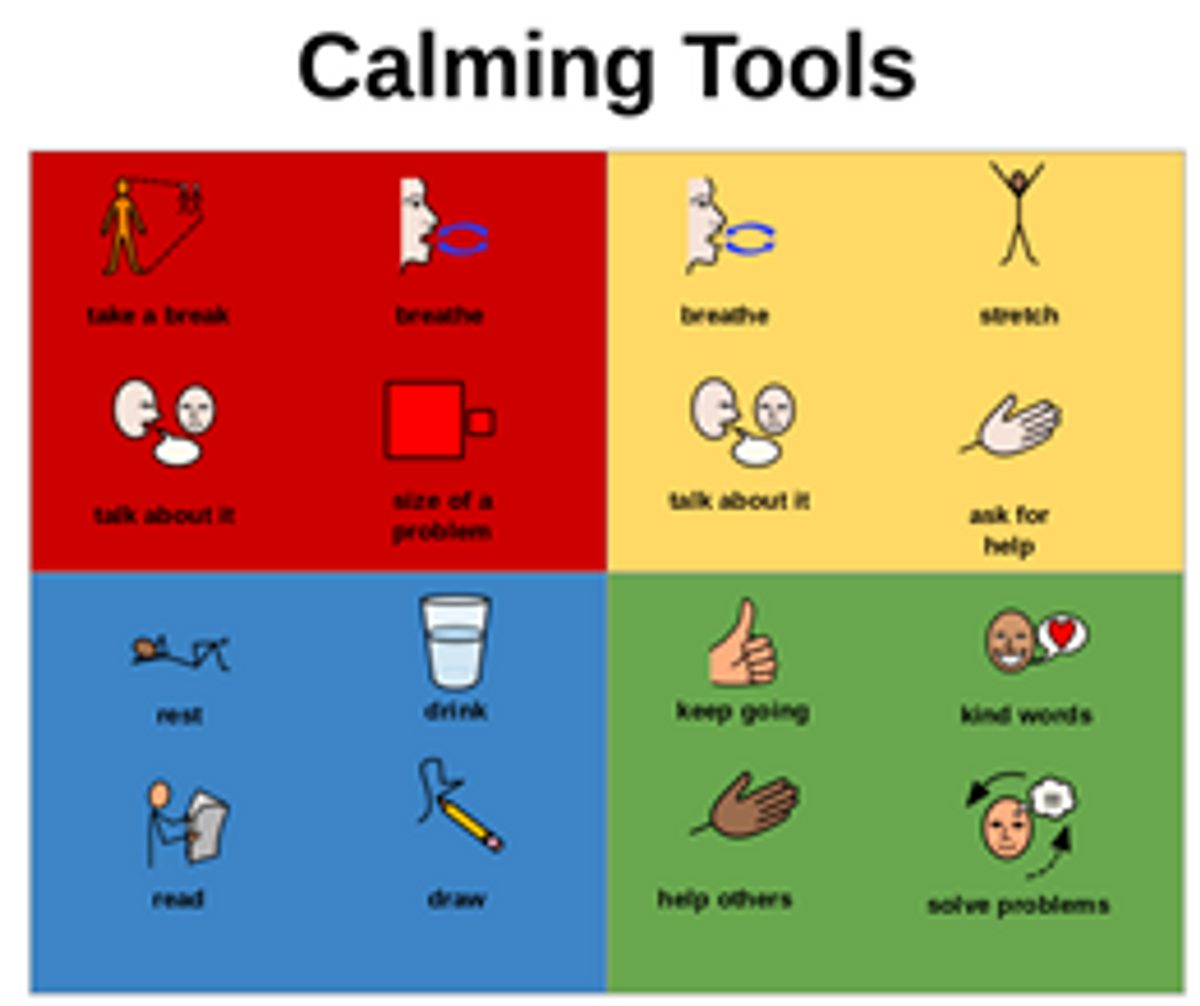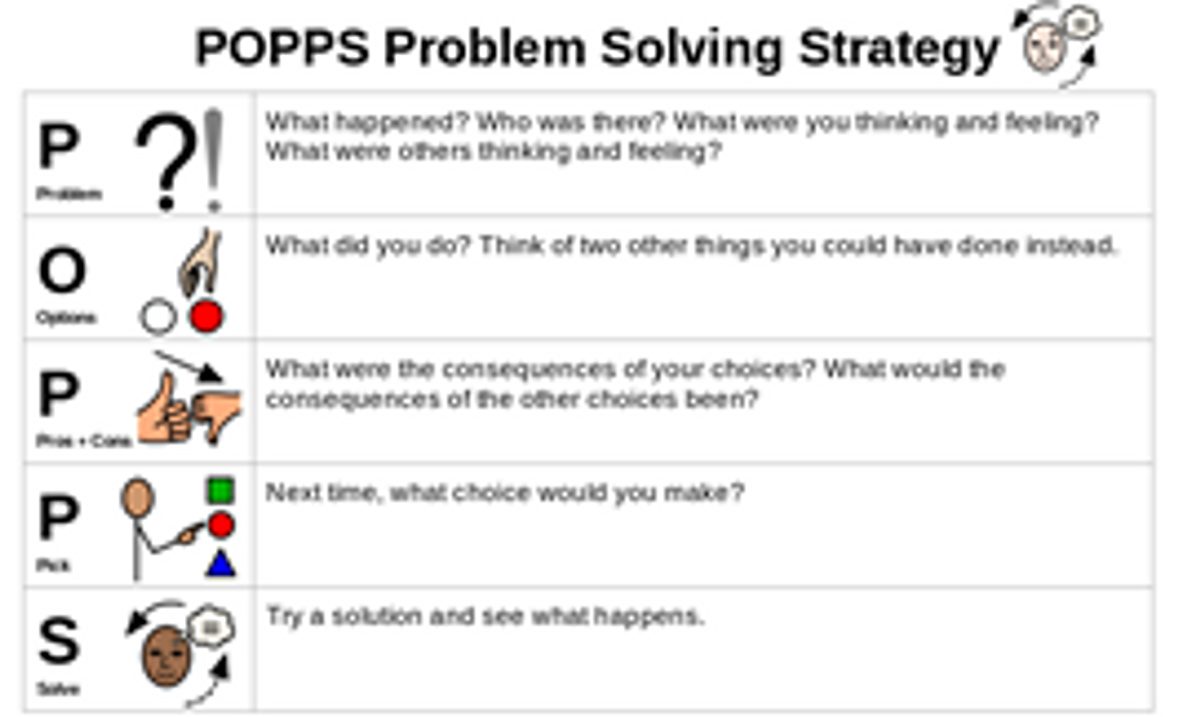Laura Butler, specialist teacher and leader of Social and Emotional Learning (SEL), describes the whole-school approach to SEL which she and her team have developed at Billesley Primary School…
As the world went into lockdown, news concerning the wellbeing and mental health of children was alarming. Headlines in The Guardian included phrases such as ‘the most stressful time ever’ for children, while the BBC pointed to the rising number of children and youth experiencing mental health disorders
Lockdown made clear that SEL was not an add-on, but part of our school mindset and daily routines.
It would seem the pandemic had caused a mental health crisis. But this was not a new crisis. The Good Childhood Report reveals a decade-long downward trend in wellbeing amongst youth in England. Moreover, a recent study found teens felt less anxious and, paradoxically, a greater school connection when their schools were closed.
How is it possible for schools to help their most disadvantaged children recover from the stresses of lockdown, when those with the lowest levels of wellbeing pre-pandemic benefitted the most from school closures? Part of the answer may lie in social emotional learning (SEL)
Why teach SEL?
The promise of SEL lies in the fact that, when embraced by schools, they can become a protective factor to children’s wellbeing. The EEF’s guidance report Improving Social and Emotional Learning in Primary Schools, suggests that disadvantaged children have weaker SEL skills and therefore poorer mental health and academic outcomes. However, quality SEL interventions develop protective factors for mental health
The benefits of SEL include improved behaviour and reduced emotional distress in childhood along with improved wellbeing and overall good health across their lifespan. On average, children make improved academic attainment equivalent to 4 additional months’ progress. SEL also benefits teachers, with staff reporting lower stress levels and higher job satisfaction. We have long needed SEL in schools, and now more than ever it must become an essential part of the work we do with our children.
How can schools implement the EEF recommendations?
The first two recommendations of the EEF guidance, to teach SEL skills explicitly, and to integrate them in everyday teaching, offer a trove of strategies addressing the core competencies of SEL
Many of these are what Harvard researchers call ‘kernels of practice for SEL’, flexible, evidence based strategies that can be used to teach SEL skills cohesively.
At Billesley Primary School, we began our SEL journey by creating the ‘Social Emotional Learning Toolbox’, a digital collection of content informed by kernels of practice and the EEF’s recommendations. The toolbox offers teachers and assistants visuals, videos and online interactive tools that support each core competency
A key EEF recommendation is using feelings charts along with reading, games and regular check-ins to provide opportunities for identifying and expressing emotions. Our toolbox includes mood meters adapted from the RULER Approach, differentiated to ensure progression across year groups

In the area of self-management, it is recommended that children are taught to recognise body cues and employ calming tools. Our toolbox includes a range of breathing techniques, videos and gifs that teachers can easily copy into their lesson plans, giving themselves and their students a moment to self-regulate.
In PSHE lessons, children are taught about body cues, and choose their own calming tools which they are encouraged to use throughout the school day and at home

Our toolbox also includes many procedures, which are another kernel of effective SEL practice. Procedures for setting goals, problem solving and reflecting on how emotions impact behaviour are made accessible to all learners with clear structures and visuals. Teachers practice these with children outside of crisis moments, supporting their learning behaviours and thus reducing the likelihood of problems occurring in the first place.

How can SEL respond to a crisis?
Armed with an understanding of the impact on SEL strategies on children’s wellbeing, staff at Billesley were quick to embed these practices into online learning during lockdown. Teachers included emotions check-ins before their virtual lessons, offered choices for self-regulation on Google Classroom, and included assignments where children created self-care plans
Lockdown made clear that SEL was not an add-on, but part of our school mindset and daily routines
When reflecting on her new routine, one of our Year 4 teachers made clear its advantages:
It is too early to know what the short, or long term impact of this approach will be, but the evidence suggests that it should promote many protective factors for our children’s wellbeing while reducing risks, ensuring we are doing more good than harm
